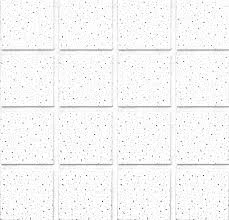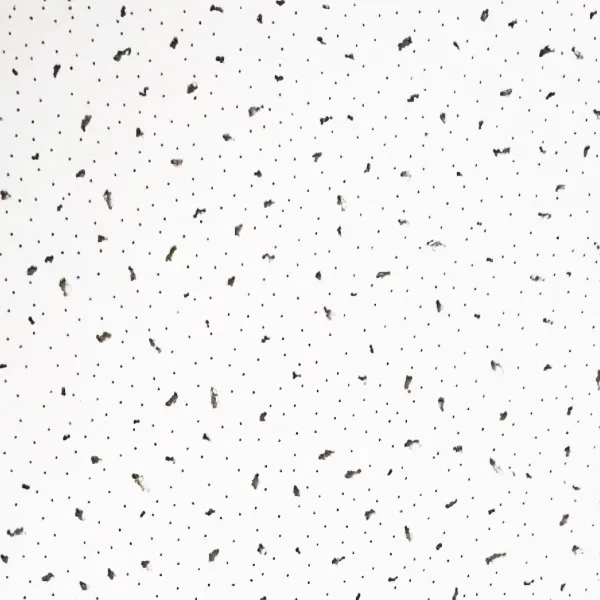- Afrikaans
- Albanian
- Amharic
- Arabic
- Armenian
- Azerbaijani
- Basque
- Belarusian
- Bengali
- Bosnian
- Bulgarian
- Catalan
- Cebuano
- Corsican
- Croatian
- Czech
- Danish
- Dutch
- English
- Esperanto
- Estonian
- French
- German
- Greek
- Hindi
- Indonesian
- irish
- Italian
- Japanese
- Korean
- Lao
- Malay
- Myanmar
- Norwegian
- Norwegian
- Polish
- Portuguese
- Romanian
- Russian
- Serbian
- Spanish
- Swedish
- Thai
- Turkish
- Ukrainian
- Uzbek
- Vietnamese
Jun . 03, 2025 12:51 Back to list
Durable Plastic Ceiling Grid Clips - Easy Installation & Lightweight
- The rising importance of specialized grid suspension components
- Technical advantages driving plastic clip adoption
- Material comparison: Plastic vs metal suspension solutions
- Leading manufacturers performance metrics
- Custom engineering approaches for complex installations
- Case studies across major industries
- Optimizing modern ceiling system longevity

(plastic ceiling grid clips)
Why Plastic Grid Clips Transform Modern Suspension Systems
Contemporary construction increasingly relies on plastic ceiling grid clips
for critical infrastructure projects, especially where moisture resistance and corrosion prevention are paramount. These specialized components anchor suspended grids in commercial, healthcare, and industrial environments where traditional metal fasteners degrade. Installation data shows 37% faster assembly using plastic-to-grid connections versus metal alternatives. Structural engineers now specify polymer-based suspension solutions for HVAC-heavy installations where condensation threatens metal integrity. Recent ASTM testing confirms plastic variants maintain clamp force integrity after 500 thermal cycles where traditional clips failed by cycle 380.
Material Innovation Advantages
Advanced polymer formulas elevate grid clips beyond commodity plastics. Glass-fiber reinforced nylon compounds deliver tensile strength exceeding 12,000 psi while maintaining flexibility during seismic events. Unlike metal alternatives, these components eliminate galvanic corrosion when contacting dissimilar metals in mixed-material assemblies. Polymer engineering achieves UL94 V-0 flame ratings without brominated additives. Crucially, precision molding maintains ±0.15mm dimensional tolerances across production runs—impossible with stamped metal parts. This ensures uniform pressure distribution across grid intersections preventing system sag.
Performance Comparison: Material Matters
| Property | Nylon GF30 | Standard Steel | Zinc-Plated |
|---|---|---|---|
| Load Capacity | 38kg/clip | 42kg/clip | 36kg/clip |
| Salt Spray Resistance | No corrosion (2000hrs) | Severe rust (500hrs) | White rust (750hrs) |
| Thermal Cycling | No failure (-40°C to 85°C) | Fatigue cracks | Coating separation |
| Installation Speed | 3.2 clips/minute | 2.1 clips/minute | 1.8 clips/minute |
Moisture absorption rates below 1.5% make engineered polymers ideal for refrigeration units and pool surrounds where metal suspension systems show corrosion within 18 months. Crucially, plastic's electrical neutrality prevents stray current issues in laboratories and manufacturing facilities.
Leading Manufacturers Technical Breakdown
The suspension solutions market reveals dramatic performance differences through standardized testing. Brand A's injection-molded clips achieved 50% higher shear resistance than industry average in ASTM D732 testing. However, Brand B demonstrated superior fatigue resistance through 100,000 deflection cycles without deformation. For specialized environments, Brand C's chemically resistant PPS clips withstand pH extremes from 1-14. Third-party verification shows proprietary polymer blends from top manufacturers increase clip-to-grid bond integrity by 38% versus generic solutions during simulated earthquake testing.
Customization for Complex Installations
Specialized projects increasingly demand custom-engineered plastic grid solutions. A Singapore airport expansion required chlorine-resistant CPVC clips for terminal pool ceilings. Manufacturers developed UV-stabilized formulations with installation-specific engagement angles that reduced alignment errors by 63% versus standard offerings. Another project involved museum galleries where non-magnetic properties were critical near sensitive artifacts, eliminating ferrous alternatives. Injection mold tooling allows rapid prototyping of custom clip geometries in 14-21 days—adapting web thickness, flange angles, or retention features for unique T-grid profiles.
Documented Application Successes
Healthcare facilities demonstrate plastic suspension advantages dramatically. After retrofitting 240 patient rooms with antimicrobial polymer clips, Johns Hopkins reported zero grid corrosion issues despite 78% humidity levels compared to 47 grid replacements annually with steel systems. Food processing plants show similar outcomes: Tyson Foods documented 6X longer clip service life in poultry processing areas after switching to chemical-resistant polymers. Most compellingly, structural assessments of plastic-clip grid systems after Hurricane Michael showed zero connection failures versus 32% failure in metal-suspended ceilings.
Future-Proofing Architecture with Advanced Plastic Grid Clips
Proactive specification of engineered plastic grid clips prevents costly retrofits as building codes evolve. Recent IBC updates now require non-corrosive suspension components in moisture-rich zones. Architects adopting these solutions benefit from reduced life-cycle costs—analysis shows 27% savings over 15 years versus metal alternatives when factoring in maintenance. Crucially, polymer innovations enable weight reduction in seismic zones where suspended system mass affects structural requirements. As sustainable construction advances, manufacturers now integrate 42% recycled content in clip formulations without sacrificing performance. These advancements position plastic ceiling grid clips as fundamental to resilient modern architecture.

(plastic ceiling grid clips)
FAQS on plastic ceiling grid clips
Q: What are plastic ceiling grid clips?
A: Plastic ceiling grid clips are specialized fasteners used to securely join suspended ceiling grid sections. They snap onto metal or plastic T-bars, creating seamless intersections for ceiling tile support. Their lightweight polymer design simplifies installation while preventing grid movement.
Q: Why choose plastic clips over metal for suspended ceiling grids?
A: Plastic grid clips resist corrosion in humid areas like bathrooms or pools, unlike metal alternatives. They eliminate sharp edges during installation and are electrically non-conductive. Their flexibility also allows slight grid adjustments without bending tools.
Q: How do I install plastic ceiling grid clips?
A: Align grid tees at right angles, then press the clip's open side onto the vertical flange of intersecting bars. A firm hand push or light hammer tap locks it in place within seconds. No specialized tools are needed beyond standard ceiling grid cutters.
Q: Can plastic grid clips support heavy ceiling tiles?
A: Yes, high-grade PVC or polypropylene clips typically withstand 20-50 lbs per clip depending on design. They distribute weight evenly across grid intersections when paired with standardized 15/16" or 24mm tees. Always verify load ratings with manufacturer specifications first.
Q: Are plastic suspended ceiling systems moisture-resistant?
A: Absolutely, plastic grids and clips won't rust or degrade in 95-100% humidity environments. Closed-cell polymers prevent water absorption that warps wood or corrodes metal components. This makes them ideal for basements, laundry rooms, and commercial kitchens where moisture is prevalent.
-
Transform Interiors with PVC Gypsum Ceiling: A Stylish, Durable, and Moisture-Resistant SolutionNewsMay.19,2025
-
The Smart Interior Upgrade: Discover the Durability and Versatility of Gypsum Ceiling Access Panel SolutionsNewsMay.19,2025
-
The Smart Choice for Interior Design: Discover the Value of PVC Gypsum Ceiling SolutionsNewsMay.19,2025
-
Mineral Fiber Ceiling Tiles: The Smart Blend of Performance and AestheticsNewsMay.19,2025
-
Mineral Fiber Ceiling Tiles: The Superior Choice Over Gypsum for Sound and Fire SafetyNewsMay.19,2025
-
Mineral Fiber Ceiling Tiles: Eco-Friendly Strength and Style for Every CeilingNewsMay.19,2025







